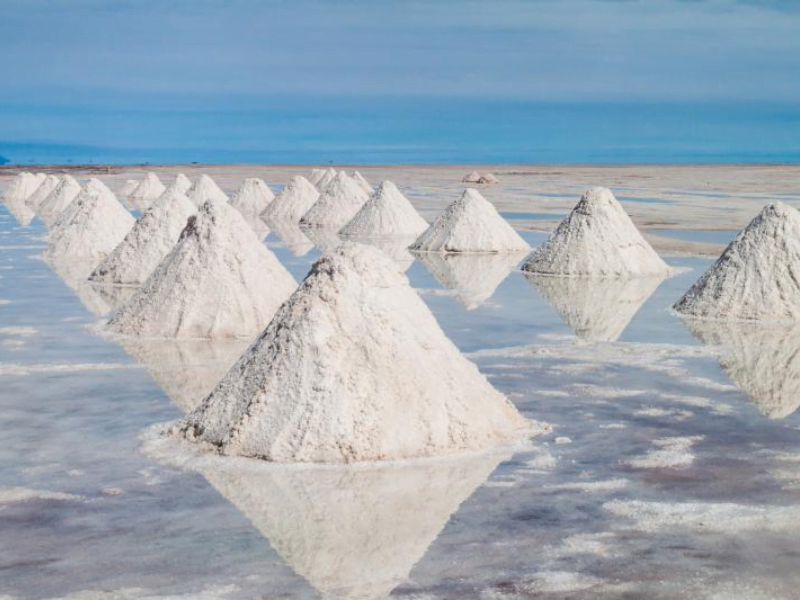The value of Australian lithium exports are expected to triple in real-terms this financial year, from $5.2 billion to $18.6 billion, according to the latest figures published by the Office of the Chief Economist.
In the latest Resource and Energy Quarterly, the value of nickel exports — a key component in lithium-ion batteries — is also expected to increase by $200 million.
Rechargeable batteries make up 80 per cent of global lithium demand, according to the report.
Australia currently produces 53 per cent of the world’s lithium, with Western Australia the source of most of these exports.

Resources minister Madeleine King on Monday highlighted the importance of base metals and critical minerals like lithium for the manufacture of clean-energy technologies like batteries, solar panels, and wind turbines.
“The Resources and Energy Quarterly forecasts that exports of lithium and base metals (and their raw material inputs) will equal the export value of combined (thermal and metallurgical) coal exports by 2027–28,” she said.
Growth to 2027-28 will be driven by lithium and copper exports, with the real-terms value of other base metals expected to decline.
The report estimates a fall in the real-terms value of exports in 2022-23 for base metals important for the transition to a low-carbon economy, including copper, zinc, and aluminium, alumina, and bauxite (AAB).
Copper exports are expected to fall by $200 million to $12.8 billion in real-terms, zinc exports are expected to fall in value by $136 million, and AAB exports are forecast to decrease by $1.9 billion or 10 per cent to $16.1 billion.
However, in nominal terms, the export value of zinc and copper is expected to rise but fall for AAB.
Last month, at the first Resources and Mining ministers’ roundtable since 2020, Ms King along with ministers representing the Northern Territory, Queensland, South Australia, Tasmania and Western Australia governments agreed to take a national approach on critical minerals.
The Commonwealth government is currently developing an update to the Critical Minerals Strategy which will be released later this year. A national batteries strategy will also be released later this year.
While attending the Resources Technology Showcase in Western Australia on Sunday, the Prime Minister said government’s $15 billion National Reconstruction Plan and the Safeguard Mechanism reforms, which both pass Parliament last week, will ensure Australia can develop its value-adding in minerals sector.
Competition in the minerals processing and value-adding chains is growing, with other jurisdictions globally increasing domestic support, such as the United States’ Inflation Reduction Act and the European Union’s Green Deal Industrial Plan.
Future Batteries Industry Cooperative Research Centre (FBICRC) chief executive Shannon O’Rourke told InnovationAus.com last month that supply chain coordination with the US is a “match made in heaven” given the existing free trade agreement between the two countries.
According to a report commissioned by the FBICRC, the value of a diversified battery industry will be worth $16.9 billion to Australia by 2030.
The FBICRC report also expects battery demand to grow by 18 times between 2020 and 2030, mostly driven by increased electric vehicle and energy storage systems take up. CSIRO anticipates that Australia’s demand for electricity storage will increase by 10-14 fold between 2025-2050.
Do you know more? Contact James Riley via Email.

